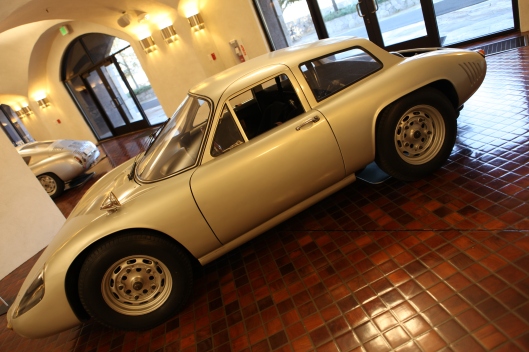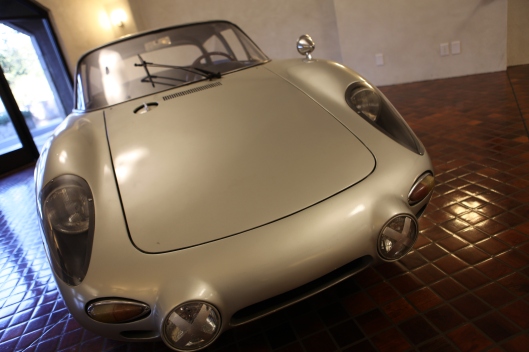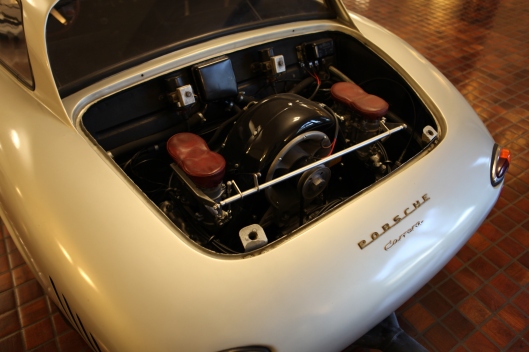Tags
12 Hours, 1963, 1964, 2000 km, 24 Hours, 356, Barth, Bonnier, Buzzetta, Carrera, Daytona, Daytona 2000, Daytona Continental, Lange, Le Mans, Pon, Porsche, Sebring, Targa Florio, Wester
In order to continue their attack on the Endurance GT under 2 litre class, Porsche builds this unique racing version of it classic 356B model in 1963. Its characteristic rear window provides the car with a very particular silhouette that is the origin of the “Dreikantschaber” (Wedge blade) nickname that will be the trade mark of this car.
There were two of these coupes built for the Le Mans 24 Hours but neither was able to reach the finish. While the car presently at the Porsche Museum had a third position on their 1963 debut at the Targa Florio, this version of the “Ice Scraper” (as it was also known) would see more important results in 1964.
This chassis (122-992) started with a class win at the Daytona 2000 km race (the 24 Hour race did not yet exist), better known as the Daytona Continental. The car driven by Edgar Barth, Herbert Linge and Jo Bonnier finished 6th overall in a solid performance taking into account the strength of the field.
The car’s second (and last) class victory would come in the hands of Ben Pon and Joe Buzzetta. The Dutch-American pair would get the car an 11th overall at the 1964 Sebring 12 Hours which would also mean a GT under 2 litre class win. After this model, Porsche would concentrate more and more on the prototypes and see the brand new 911 as the next weapon of choice for the GT categories.




